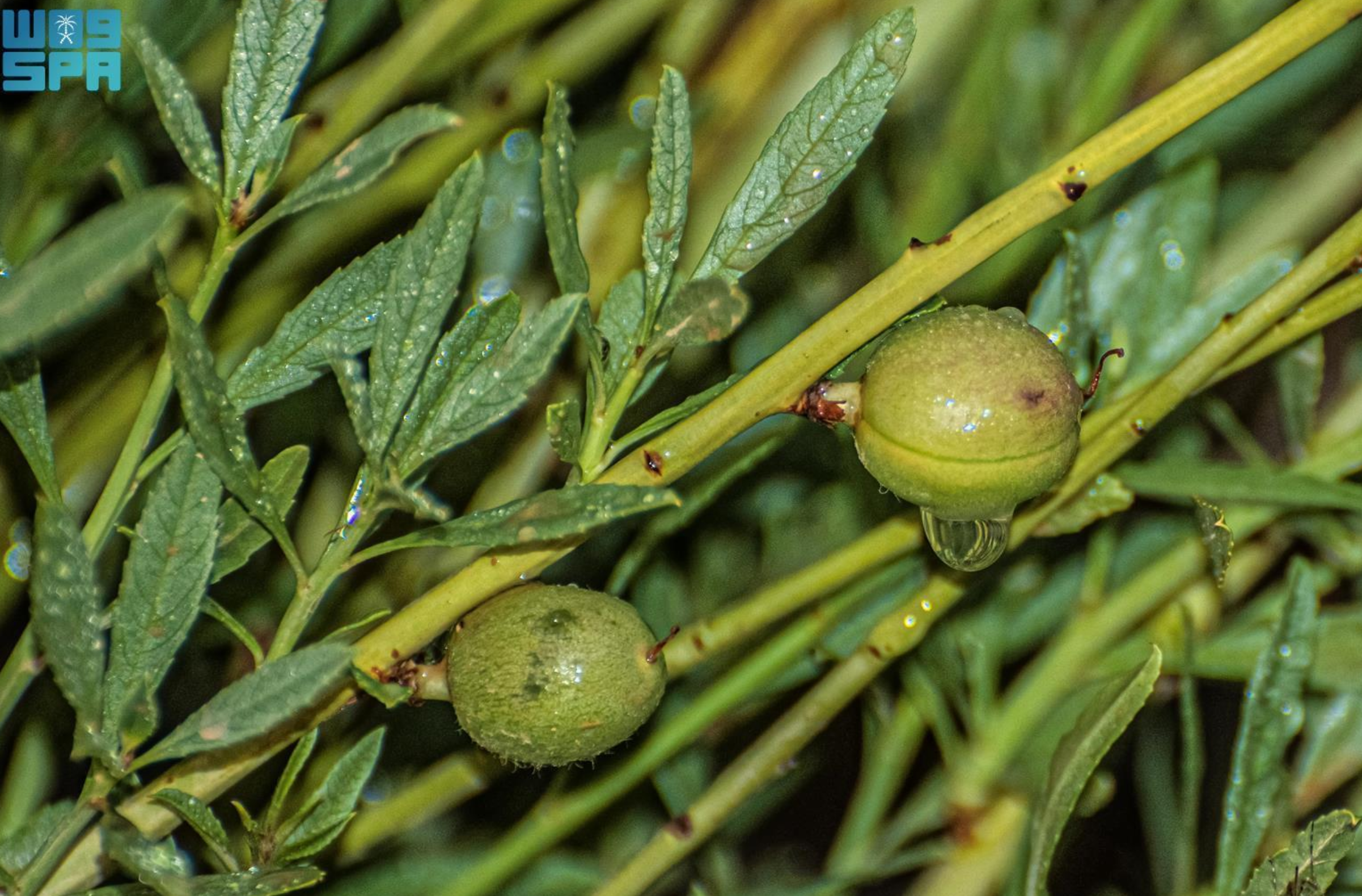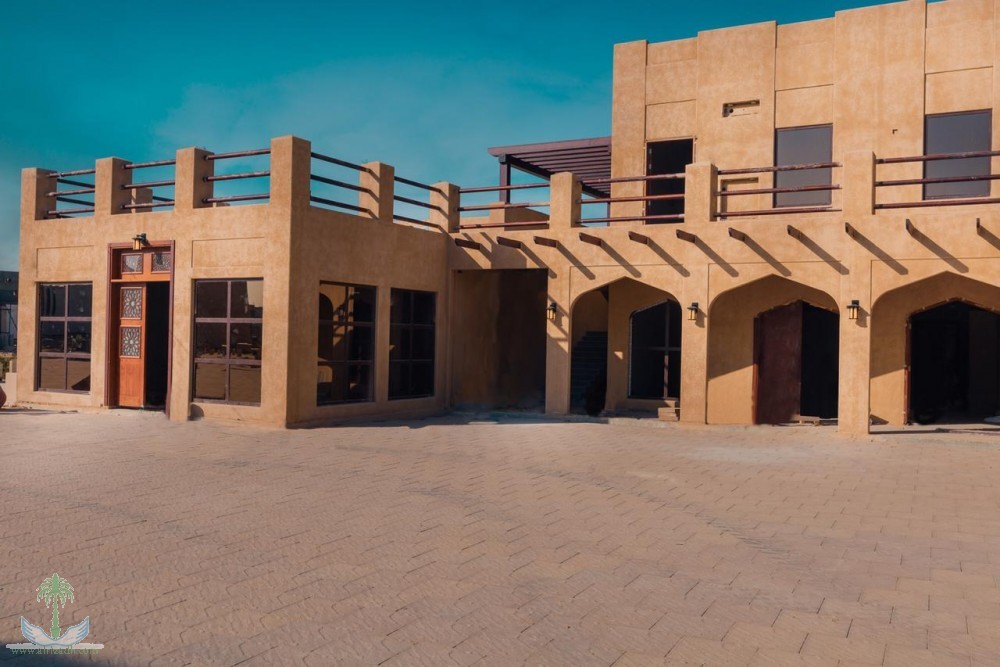
Wild Arabian Almonds in Northern Borders Paint a Vibrant Natural Landscape
In a striking display of Saudi Arabia’s rich natural vegetation and scenic beauty, the Northern Borders Region has recently been adorned by the seasonal emergence of the bitter Arabian wild almond, Prunus arabica, marking the onset of spring and creating a vibrant natural landscape teeming with wildlife.
Experts report that the wild Arabian almond is a perennial plant that thrives in desert and semi-arid environments. Its distribution has been observed in several natural locations across the region. The plant is characterized by small, almond-like fruits and can grow up to two to three meters in height. Its oval, serrated, dark green leaves give it a distinctive visual appeal.
Belonging to the Rosaceae family, the plant is remarkably resilient, capable of withstanding drought and cold while flourishing in rocky, rugged terrain. Its presence serves as a strong indicator of the health of the local ecosystem. In addition to its environmental significance, its shrubs play a crucial role in stabilizing soil, preventing erosion, and providing habitats for small organisms.
Despite its ecological value, the Arabian wild almond faces significant threats, including overgrazing, unregulated uprooting, and urban encroachment. In response, authorities have intensified conservation efforts, introducing protective regulations and legislation aimed at preventing extinction and safeguarding the region’s botanical heritage.
With its unique blend of aesthetic charm and environmental significance, the Arabian wild almond stands as a symbol of the Northern Borders Region’s diverse and flourishing natural environment.








